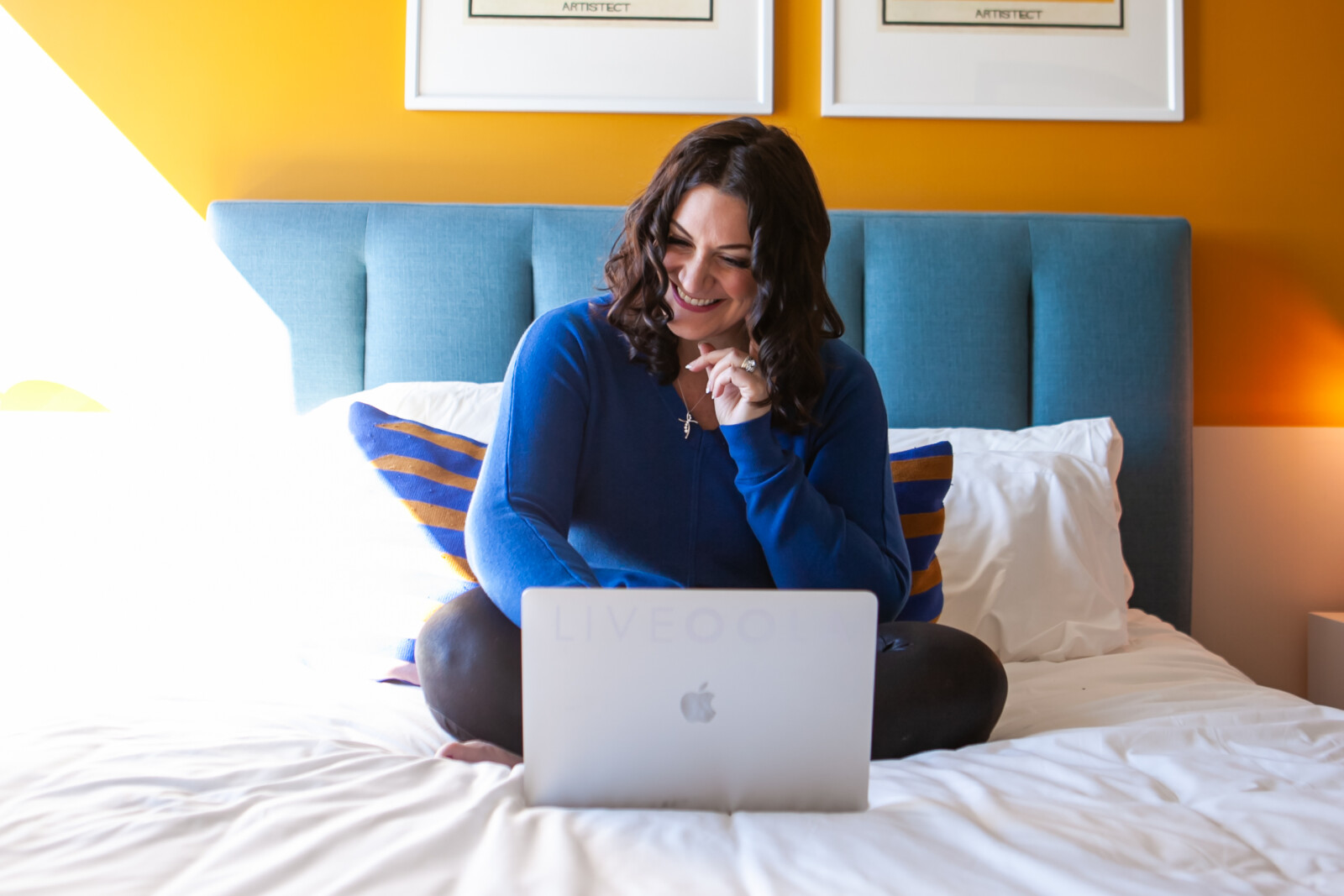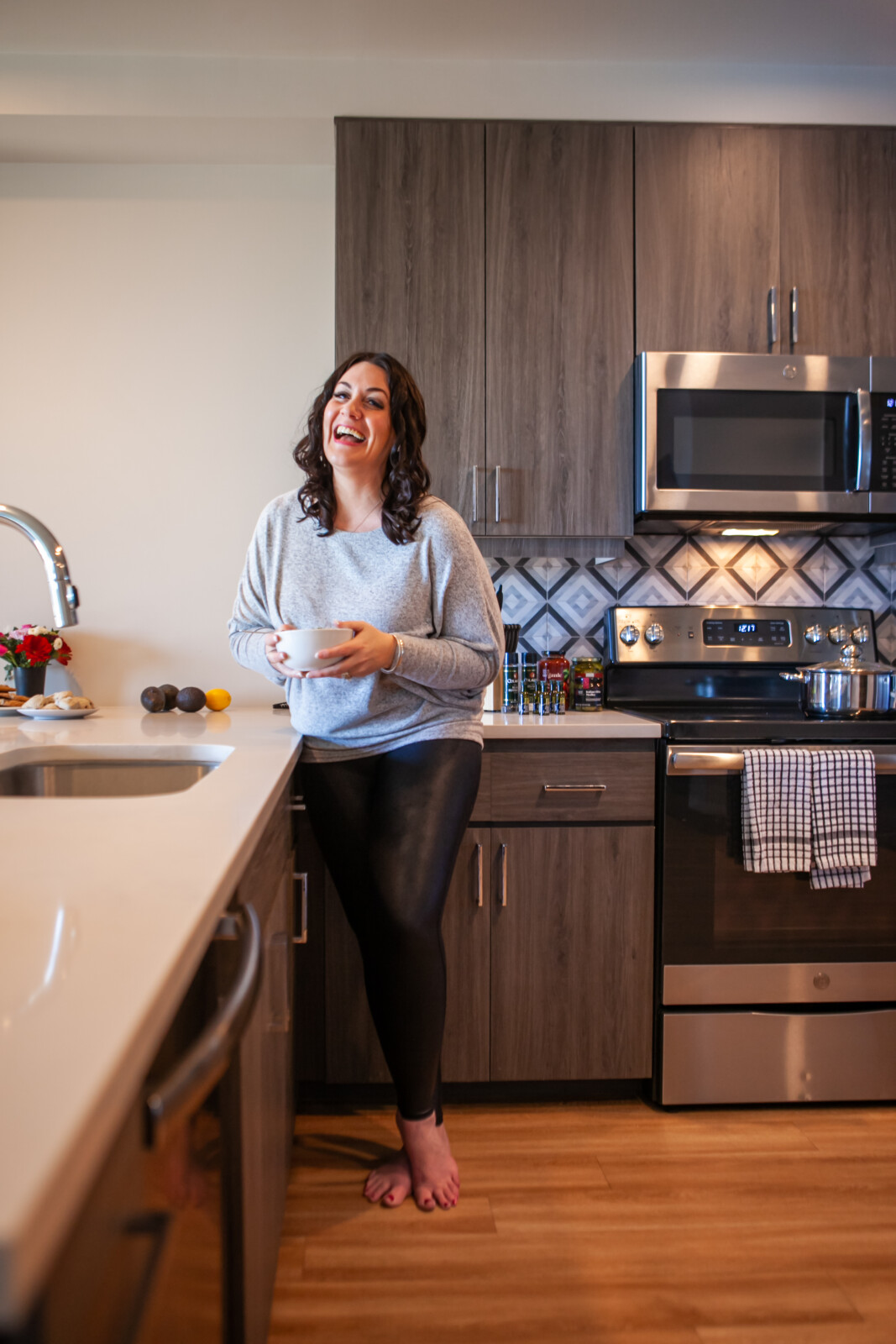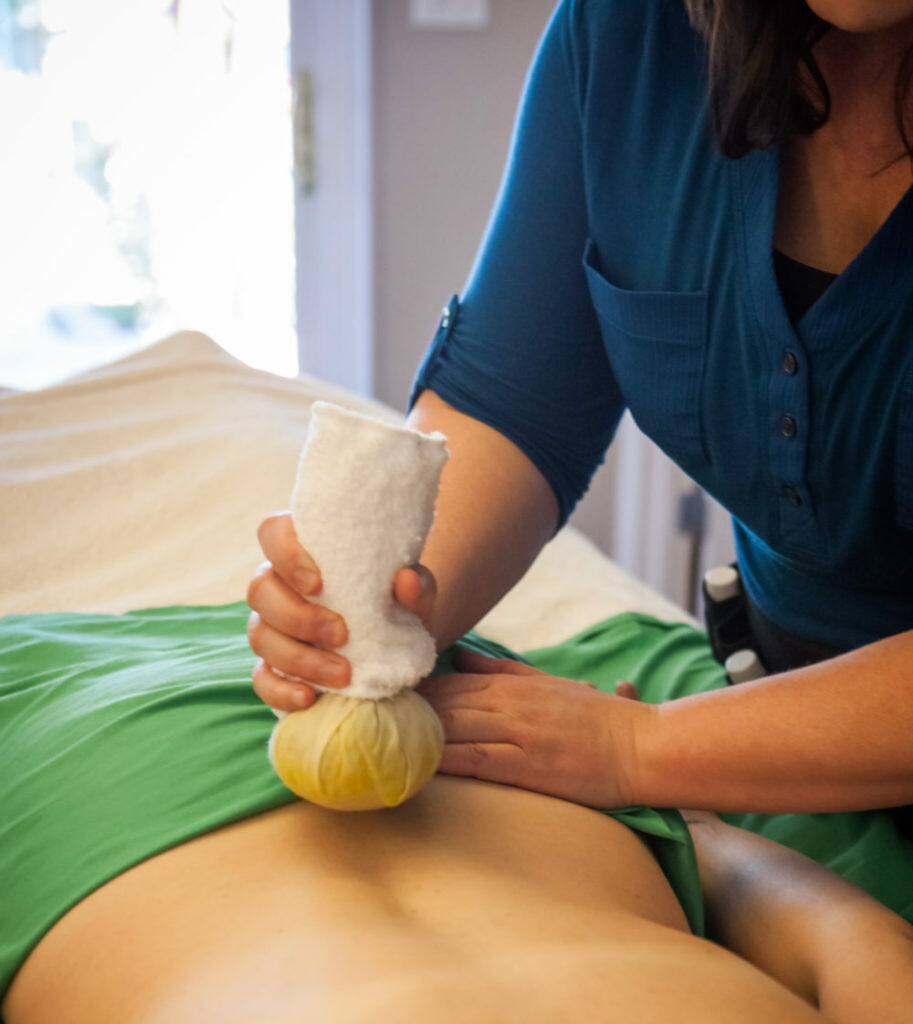
“Sitting is more dangerous than smoking, kills more people than HIV, and is more treacherous than parachuting,” writes Dr. James Levine, director of the Mayo Clinic-Arizona State University Obesity Solutions Initiative. “We are sitting ourselves to death.” He has spent years studying the results of what some call the “sitting epidemic” and used those two sentences to summarize his research.
Our lifestyles are becoming increasingly sedentary, which can adversely affect our health. However, we do have options for counteracting the potential negative effects of sitting.
Our Increasing Sedentary Lifestyles
Compared with past generations, people today spend more time sitting—while at a desk at work, while traveling in cars, and while watching TV at home. In summary, “people move less and sit more,” researchers write in a Mayo Clinic Proceedings study. Today, the average person spends 12 hours sitting each day. The sitting epidemic has become such a concern that the scientific community coined the term “Sitting Disease” to refer to the negative effects of sitting. Research has also found that as we get older, we tend to sit more.
Why Sitting Too Much is Bad for Your Health
What’s so bad about sitting? Well, many things in life are healthy in moderation, and sitting is one them. Overdo it, and you might have a problem with one or more of the following:
Increased risk for chronic disease: In part because spending excessive time sitting is associated with increased levels of internal and abdominal fat, an overly sedentary lifestyle can increase risk of chronic diseases such as type 2 diabetes and heart disease, according to the University of Leicester’s Dr. Joe Henson.
Increased risk of death: Several studies have studied the link between a sedentary lifestyle and mortality. One study published in the Annals of Internal Medicine found that the amount of time spent sitting per day, especially in long, uninterrupted bouts, is associated with all-cause mortality. Keith Diaz, the study’s lead author, said the results indicated that “as total sedentary time increased, so did early death by any cause.” People who sat 13 hours per day had a 200% greater risk of death than those who sat less than 11 hours per day.
Reduced thinking ability: Whether you’re crunching numbers or writing a press release, you probably need your brain in proper working order while you’re working. Sitting for too long slows down lots of bodily functions, including brain function. Moving circulates new blood and oxygen throughout your body and brain, which helps you think. There’s a reason people take walks to think.
Increased back and neck problems: Sitting too much and too long can strain your neck, particularly if you crane your neck forward to get a better look at the computer screen. Also, slouching can overextend the back muscles, causing damage and soreness. Remaining motionless for long periods of time can crunch the discs in the back incorrectly, reducing spine flexibility and increasing risk for herniated lumbar disks.
How to Combat the Sitting Epidemic
Unfortunately, simply adding some exercise to your day does not necessarily reverse the effects of sitting for long periods of time. So what can we do?
Take a break from sitting every 30 minutes: As a general rule, try not to sit more than 30 minutes at a time. Walk across the office, stretch, or work while standing for a while. Overall, you should spend about two hours out of your desk chair every workday, according to a statement in the British Journal of Sports Medicine.
Sit on an exercise ball or get a standing desk: Sitting on an exercise ball instead of a chair strengthens your back and core muscles to promote balance and flexibility. Standing desks allow a person to either sit or stand while working, making it easy to switch back and forth between the two. They even make treadmill desks now. If you can’t afford one on your own, perhaps pool money and purchase one for the office to share.
Schedule a “walking meeting”: Traditionally, meeting take place at tables or desks in someone’s office or the conference room. But it doesn’t have to be that way. If your office is located in an area that’s safe to navigate on foot, try scheduling a walking meeting. That way you can talk to your coworker about the matter at hand outside the distractions of the office while enjoying the outdoors and getting some exercise. You could also get in the habit of using part of your lunch break to take a walk before getting back to work.
Stretch and/or do yoga: When you take one of your breaks, try doing some stretches or yoga to ward off stiffness and promote good circulation. Experts suggest yoga poses cow and cat to promote back flexibility.
Other ideas: Park farther away from the building. Take the stairs. Take phone calls standing up. Get a Fitbit. Visit the office gym. Go see your coworkers.

Weighted blankets can help reduce stress, ameliorate anxiety, improve sleep, and create a feeling of calmness. That’s a pretty impressive list of benefits that can be achieved without medication. Read on to learn what weighted blankets are, what other benefits are associated with them, and how to get one.
About Weighted Blankets
While a typical blanket is comprised of one layer of material designed to keep a person warm, a weighted blanket is lined with materials—usually plastic poly pellets or rice—to make the blanket heavier. Weighted blankets range from 4 to 30 pounds, and research suggests that people should use a weighted blanket that’s about 10% of their weight. Weighted blankets are warm and comfortable and imitate a hug or being held. This increasingly popular alternative to medication and other kinds of therapy also provides numerous health benefits.
The Benefits of Weighted Blankets
Exercising and eating healthy food takes planning and effort. Imagine if you could enjoy a long list of health benefits just from sleeping or sitting under a specific kind of blanket. Well, you can! Here are some of the potential ways a weighted blanket could help you or your family:
- Reduce anxiety. Approximately 30% of US adults suffer from some type of anxiety, which can cause fear, worry, and sleeplessness. Weighted blankets generate deep pressure touch (DPT), a type of pressure therapy that helps release dopamine and serotonin, feel-good hormones the brain makes that help reduce anxiety. In one study 63% of respondents reported reduced anxiety following weighted blanket usage.
- Reduce stress. Not everyone has been diagnosed with or experiences symptoms of anxiety, but everyone feels stressed from time to time. Weighted blankets use gravity to push the body downwards in a motion called “earthing” or “grounding.” Research indicates that grounding during sleep might reduce cortisol, which is the stress hormone. Reducing cortisol not only decreases stress levels but also positively influences blood sugar levels and the immune system.
- Improve sleep. Weighted blankets can help improve sleep quality and longevity, especially in those who suffer from Restless Leg Syndrome (RLS) and insomnia. First of all, using a weighted blanket can help your body produce melatonin, the chemical that helps the body relax when it’s time to sleep. A study by the Journal of Sleep Medicine and Disorders found that participants who slept under a weighted blanket slept for longer, moved around less during sleep, and reported feeling refreshed in the morning.
- Soothe children. Keith Zivalich, founder of The Magic Weighted Blanket, said, “[A weighted blanket’s] extra pressure is helpful for kids of all kinds, but particularly for kids with autism and sensory processing disorders.” Weighted blankets can help your kids sleep better and may even help them concentrate in the classroom.
- Help with much more. Weighted blankets have also been found to assist those with depression, weight gain, sensory disorders, and more.
How to Get a Weighted Blanket
Weighted blankets come in all different shapes and sizes. You can get adult-sized ones or smaller, lighter ones for your kids. You can also purchase tiny weighted blankets that are intended to rest in your lap while you work at your desk or watch TV. Now that you know what a weighted blanket is and how it could benefit you and your family, you’re probably wondering how to get one. You can buy one or make one. Just make sure you get one that’s made out of comfortable, breathable material and that’s the proper weight for the individual who is going to use it.
- Lora’s Weighted Blankets. Lora makes custom weighted blankets. If you’re looking for something specific but don’t want to make it yourself, this might be the route for you.
- Buy it online. The Magic Weighed Blanket company, mentioned above, lets you pick colors and materials. A simple Google search will show you a lot of other options as well. Just be sure to choose comfortable, breathable materials and the correct weight.
- Make it yourself. If you have the time and skills, you may want to make your own weighted blanket. You’ll need a sewing machine, fabric, a small scale, a ruler, thread, measuring tape, and rice. Click here to learn how to make your own essential oil weighted blanket.
Some Cautions
Though using a weighted blanket doesn’t present major risks, you should always read manufacturing warnings before using one. Use special caution when giving a weighted blanket to a child; consult a phyisican or occupational therapist first to ensure you’re using the correct weight. Especially if you have a chronic health condition, are going through menopause, have circulation or respiration issues, or have trouble regulating your temperature, make sure you talk to a doctor before using a weighted blanket.

In his book The 7 Habits of Highly Effective People, Steve Covey describes the phenomenon he calls the Production/Production Capability Balance (or P/PC Balance) using Aesop’s fable about the goose and the golden egg.
Once there was a poor farmer, who discovered one of his geese could lay one golden egg per day. At first, the farmer remained patient, returning to the goose each day to fetch the golden egg. Eventually, he became greedy and decided to kill the goose and obtain all the golden eggs at once.
Unfortunately, no golden eggs awaited inside the goose, and now that it was dead, the farmer had no way to get any more.
In this story, the goose represents the Production Capability (PC), and the egg represents the Production (P). “If you adopt a pattern of life that focuses on golden eggs and neglects the goose, you will soon be without the asset that produces golden eggs,” Covey writes.
The “goose,” or Production Capability, could be a coffee maker, a garden, or a trust fund. But the most basic and important Production Capability anyone has is him or herself. Too often people neglect self-care, which can have disastrous results.
What is Self-care?
It might be tempting to think we should prioritize family, business, or friends high above ourselves, but if we are sick or exhausted, we will be little help to others. You are your own most important Production Capability, and you have to take care of yourself first if you expect to care for others—or effectively do anything else important.
Psychology Today defines self-care as “choosing behaviors that balance the effects of emotional and physical stressors: exercising, eating healthy foods, getting enough sleep, practicing yoga or meditation or relaxation techniques, abstaining from substance abuse, pursuing creative outlets, [and] engaging in psychotherapy.”
What are the benefits of proper self-care?
Some people mistakenly think of self-care as selfishness or self-indulgence, which couldn’t be further from the truth. Instead, self-care means exactly what the words say: taking care of yourself.
Those who establish habits of self-care will enjoy physical, mental, and emotional health benefits. Most people understand the physical benefits of a healthy diet and an exercise regime but may forget about maintaining their mental and emotional health.
People often prioritize physical health over mental health, noted psychologist Guy Winch in his Ted Talk. “We sustain psychological injuries even more often than we do physical ones . . . and they can also get worse if we ignore them, and they can impact our lives in dramatic ways,” he said. Let’s work to maintain our health in every way by adopting self-care habits.
Those who maintain their physical, mental, and emotional health through self-care are better equipped to:
- Pursue their careers
- Care for their families
- Maintain lasting friendships
- Live long, healthy lives
- Have a positive self-image
- And much more!
Now that you understand why self-care is so important, let’s discuss a few ways you can adopt the practice.
Getting started with self-care
You don’t have to schedule a weekly goat yoga appointment or plan a monthly weekend getaway to make self-care a priority in your life (though those things would be great)! Self-care means something different to everyone, and you can make a plan that works for you. Future posts will discuss this topic more in depth, but here are a few simple ideas to get you started with self-care:
- Take a walk around the neighborhood to clear your head and enjoy the outdoors.
- Eat an easily portable fruit (such as an apple, a banana, or a peach) as a snack instead of something salty or sweet.
- Take fifteen minutes at the beginning of every day to pray, meditate, or journal before you begin the day’s activities.
- Take a bath instead of a shower.
- Get a babysitter and enjoy a night out with friends or a date night.
- Spend 10-15 minutes stretching.
- Take care of a small home improvement task that has been annoying you for a long time.
- Schedule an appointment with a counselor.
- Come up with your own self-care idea!














